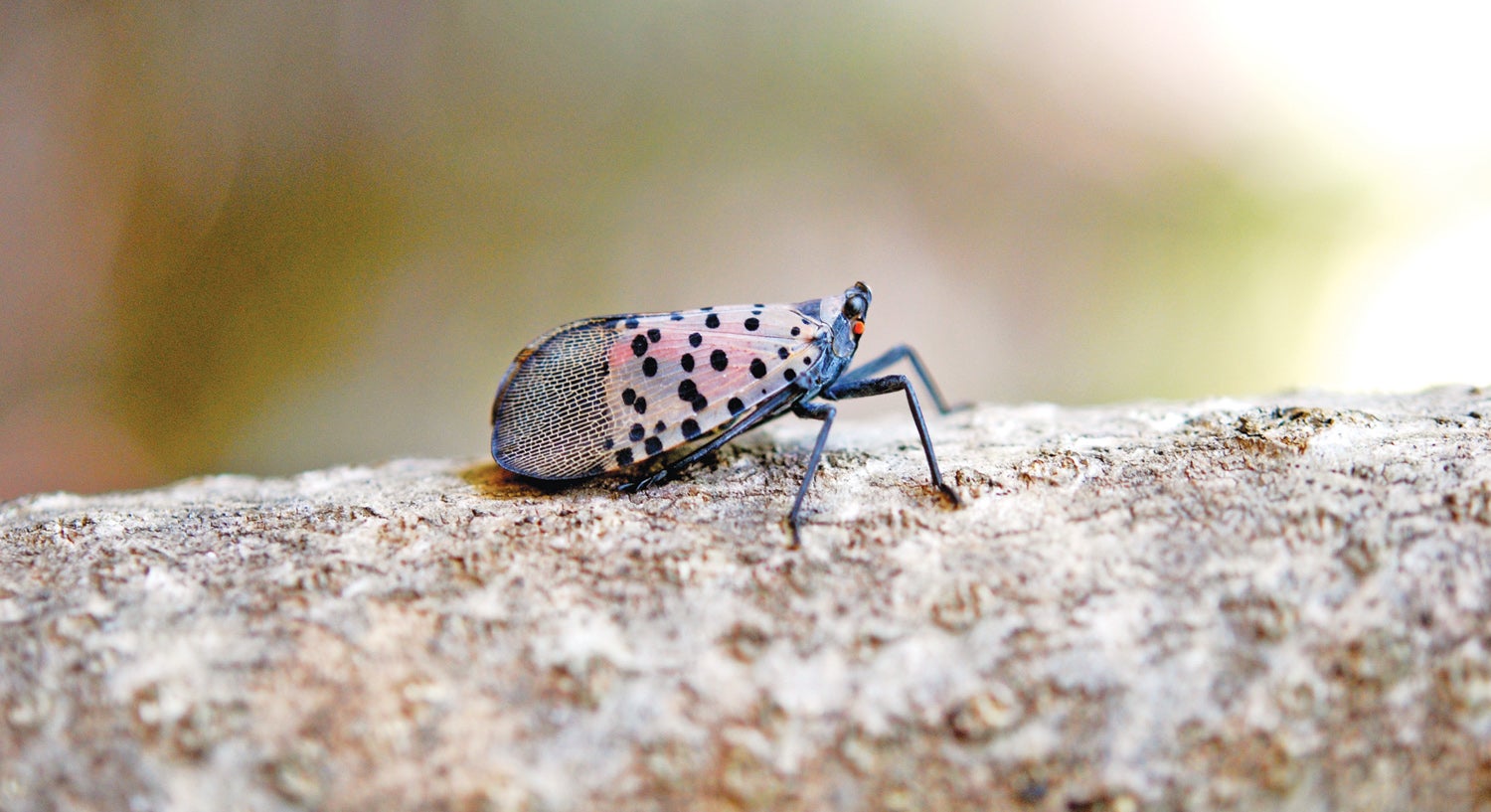COLUMBUS – The Ohio Department of Agriculture is asking for the help of nature enthusiasts or anyone else who can help eradicate an invasive insect that can cause significant damage to plants and crops.
The spotted lantern, a leafhopper native to Asia, was discovered in the United States in Pennsylvania in 2014. In Ohio, it was first spotted in Jefferson County last fall.
The spotted lantern feeds on hops, grapes, and fruit trees, as well as oaks, pines, poplars, and walnuts.
David Adkins, agricultural inspection director for the Ohio Department of Agriculture’s Plant Pest Control Section, asked people to report lantern sightings, with a photo if possible and the location. exact observation.
“We rely on the public to help us, a little bit, on the reports,” admitted Adkins. “Because we don’t have a trap or any type of lure that really works to attract the spotted lanternfly so we can do a population inventory.”
Adkins noted that the lantern was found near train tracks in Mingo Junction, possibly brought by a train carrying trash to a Jefferson County landfill from the New York metro area.
Sightings can be reported to the state Plant Pest Management Division at 614-728-6400.
The Department of Agriculture works with the state Department of Natural Resources, Ohio State University, Ohio Grape Industries Committee, and others to conduct ground and aerial, set traps and raise awareness.
Adkins pointed out that the main concern is how the spotted lanternfly will affect the state’s vineyards.
“Our biggest concern right now is with the grape industry and the orchard industry,” Adkins explained. “We know very well that they are definitely attacking grapes, killing orchards in Pennsylvania. But they have also made the harvest unusable, because of the honeydew they deposit on the fruit.
From late summer through November, lanterns are easiest to spot as they are in the adult butterfly stage.
Adkins said the department is also conducting a series of treatments on lantern nymphs and adults.
This winter, they will treat any egg masses they find with horticultural oil, which kills insects but does not harm wildlife.











More Stories
US Department of Agriculture awards $50 million grant to sugar beet industry – Agweek
New York State Department of Agriculture Announces Statewide Urban Agriculture Study
Department of Agriculture Launches New Favorite PA Website Connecting Pennsylvanians to PA Products and Agricultural Destinations